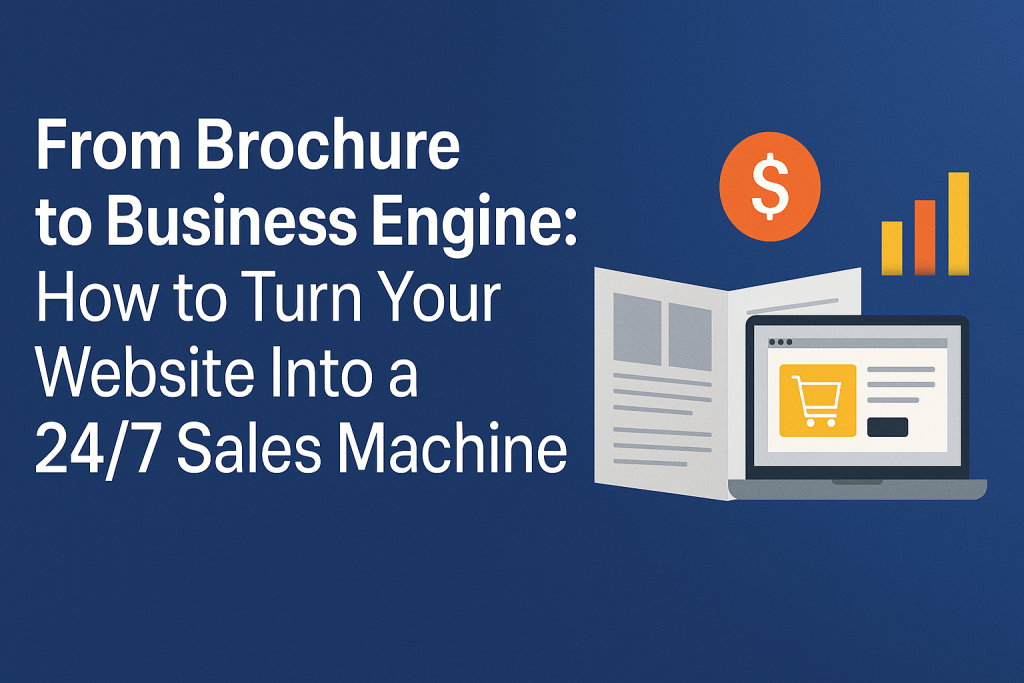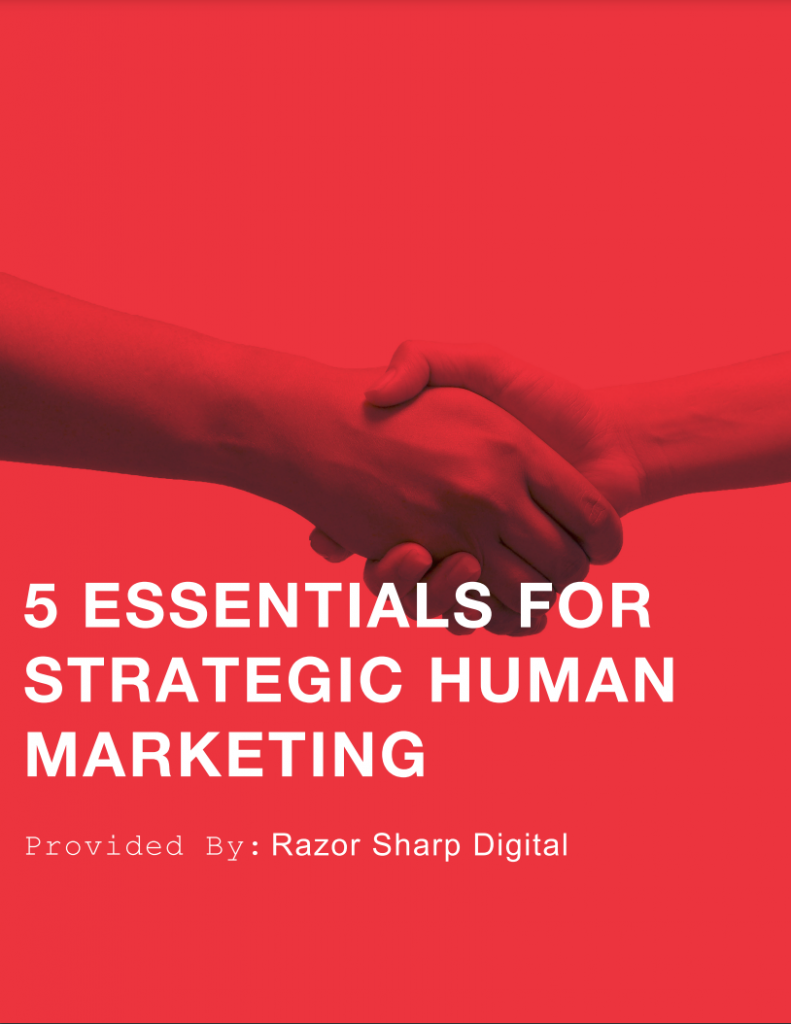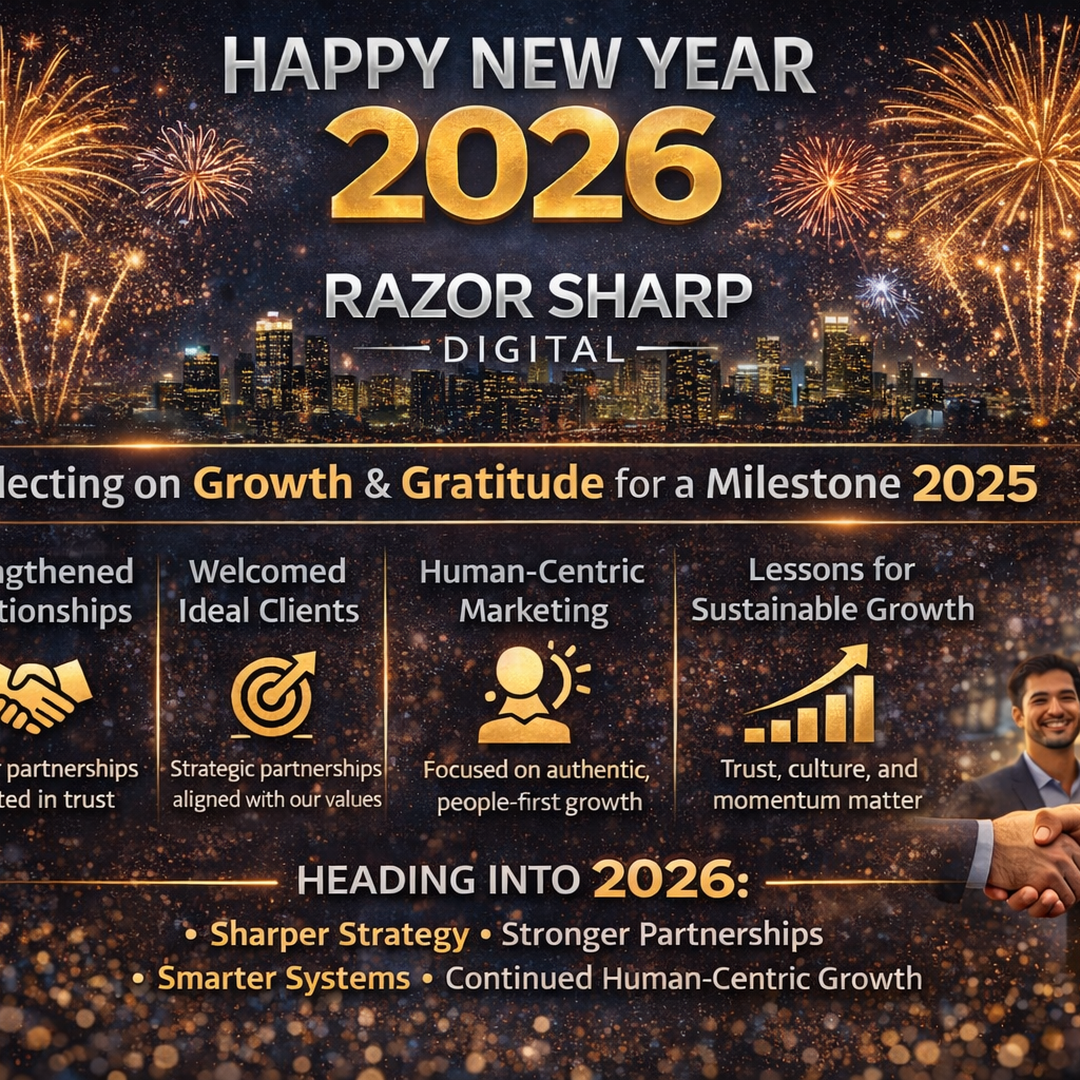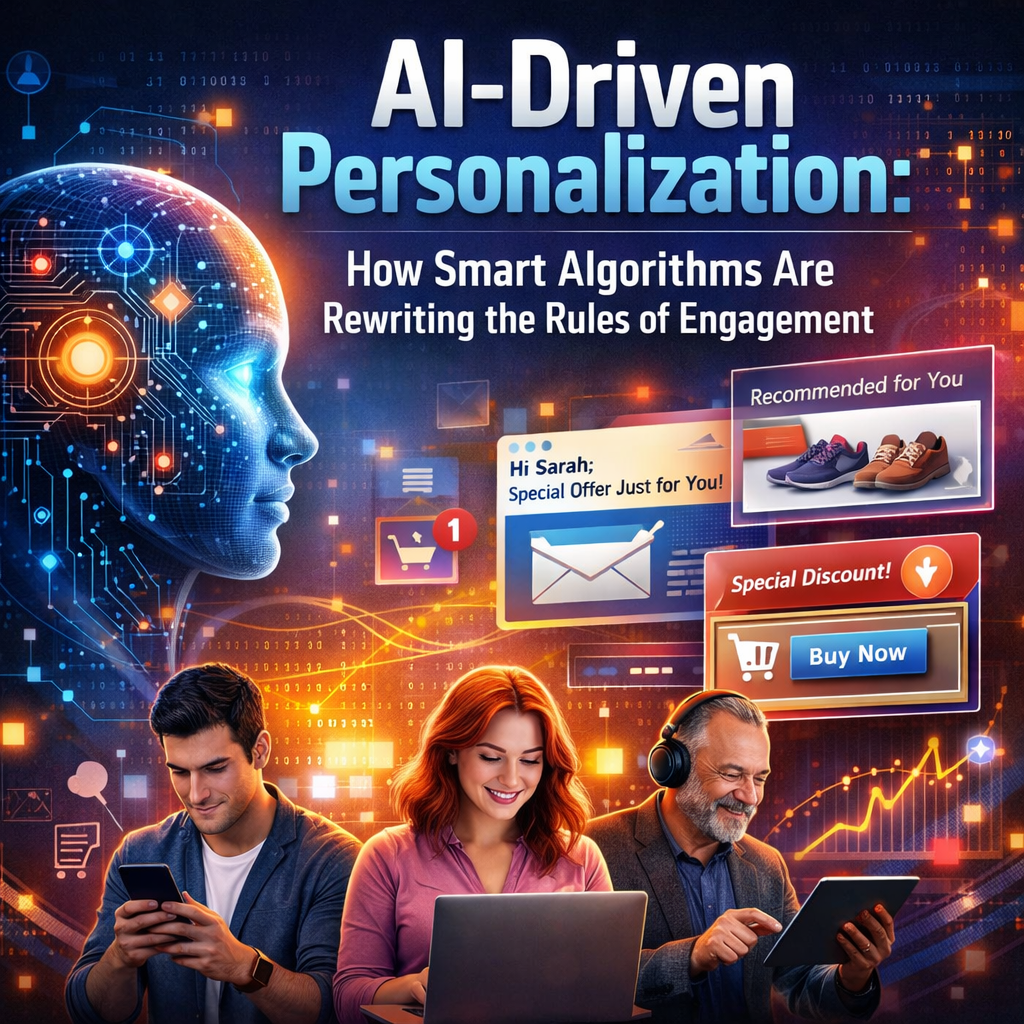If your site isn’t working as hard as your best salesperson, you’re leaving money on the table. Let’s explore how to transform your website into a true sales machine.
Step 1: Redefine the Purpose of Your Website
A brochure website says: Here’s who we are, here’s what we do.
A business engine website says: Here’s how we solve your problems, and here’s why you should take action now.
Ask yourself:
Does my homepage highlight solutions, not just services?
Is there a clear call-to-action (CTA) above the fold?
Does my site guide visitors through a buyer’s journey, or does it leave them stranded?
Your website should be the centerpiece of your digital marketing ecosystem, not just a placeholder.
Step 2: Optimize for SEO — So People Can Actually Find You
Even the best website fails if no one sees it. Search engine optimization (SEO) is the foundation of visibility.
Key areas to focus on:
Keyword Research – Target intent-driven keywords like “best HVAC repair near me” or “AI-powered marketing solutions.”
On-Page SEO – Title tags, meta descriptions, H1/H2 structure, and optimized images.
Technical SEO – Fast loading speeds, mobile responsiveness, secure HTTPS connections, and clean site architecture.
Content SEO – Blog posts, FAQs, and resources that answer real customer questions.
Think of SEO as giving your digital salesperson a megaphone.
Step 3: Build for Conversions, Not Clicks
Traffic alone won’t grow your business. Conversions are what matter.
Elements that turn visitors into leads/customers:
Clear CTAs: “Get a Free Quote,” “Book a Demo,” “Download the Guide.”
Landing Pages: Focused, benefit-driven pages designed to capture leads.
Forms That Don’t Scare People: Short, frictionless forms outperform long, complicated ones.
Trust Signals: Testimonials, case studies, certifications, and reviews.
Remember: your site should sell, not just tell.
Step 4: Create a Seamless User Experience (UX)
A clunky website is like a rude salesperson—people leave fast.
Prioritize:
Mobile-First Design: More than 60% of searches happen on mobile.
Speed: 53% of users abandon a page that takes over 3 seconds to load.
Navigation: Menus should be clear, logical, and easy to use.
Accessibility: ADA-compliant sites expand reach and build trust.
Good UX builds trust, and trust drives conversions.
Step 5: Leverage Content as a Sales Driver
Your website should be a resource hub that builds authority.
Content ideas:
Blog articles answering customer questions.
How-to videos or demos embedded on landing pages.
Downloadable eBooks, checklists, or templates to capture leads.
Customer success stories to showcase results.
Think of content as your “digital sales script”—it educates, nurtures, and persuades without pushy tactics.
Step 6: Automate Follow-Up with Marketing Tools
The most powerful websites don’t just capture leads—they nurture them.
CRM Integration: Store and track customer interactions.
Email Automation: Trigger sequences when someone downloads a resource.
Chatbots & AI: Answer FAQs instantly and guide users toward CTAs.
Remarketing Pixels: Retarget visitors across Google, Facebook, and LinkedIn.
Automation ensures that every lead gets the right message at the right time—even at 2 a.m.
Step 7: Track, Test, and Optimize Continuously
Your website is not “set it and forget it.” To maximize performance:
Monitor Google Analytics & Search Console for traffic and engagement.
Run A/B tests on headlines, CTAs, and layouts.
Use heatmaps to see where visitors click or drop off.
Review conversion rates monthly, not yearly.
A sales machine is never static—it’s always learning and improving.
Step 8: Integrate Social Proof & Human-Centric Branding
In a world of AI and automation, human trust still wins. Add:
Video testimonials that show real faces.
Behind-the-scenes brand stories.
Case studies with measurable results.
Strong brand messaging that emphasizes empathy and customer outcomes.
Your website should feel like a handshake, not a billboard.
Step 9: Future-Proof with AI & Personalization
The next evolution of sales-driven websites:
AI Personalization: Tailored product recommendations and dynamic content.
ChatGPT-powered assistants: Provide instant, conversational answers.
Predictive Analytics: Anticipate user needs before they click.
Voice Search Optimization: Prepare for conversational queries.
Future-ready websites don’t just react—they anticipate.
Conclusion: Your Website Is the Ultimate Sales Rep
A brochure site tells. A business engine sells.
When you combine SEO, conversions, UX, content, automation, analytics, and personalization—you create a 24/7 sales machine that never asks for vacation, never misses a follow-up, and always works for your growth.
The question is: will your website stay a brochure, or become your best-performing salesperson?
Ready to transform your website into a business engine? Let’s talk about your project today.










